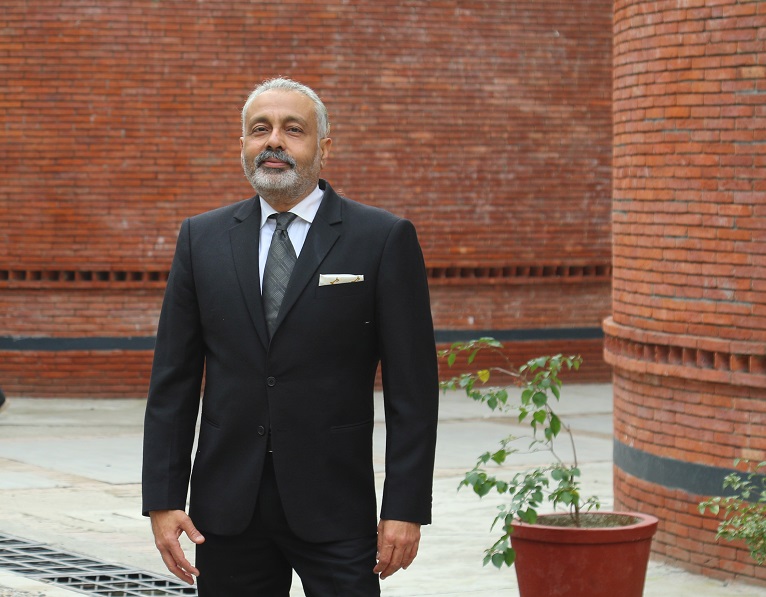Transforming society through Socially Connected Classrooms
In a country like India, where income and social inequalities abound, discussing multiple realities is especially important. We have one of the highest levels of inequality in the world, with the top 10% of Indians accounting for 55% of national income.
Young urban Indians need to understand where they live, who grows their food, where their water and electricity come from, and who constructs the roads and buildings they use every day. They must see and question why everyone does not have the same access to healthcare, education, and employment opportunities that they do. But, in order for our youth to begin to question, we must first provide them with the tools of information and empathy.
It's not as if the curriculum ignores these concerns. A quick glance through a national board’s syllabus reveals words like ‘poverty,’ ‘national income,’ ‘labour,’ and more. These ideas are explained in textbooks, and projects are suggested to help students remember what they’ve learned. In practice, however, it is quite different: exam questions frequently facilitate ease of marking and tend to be intellectually light.
In their haste to become ‘global citizens,’ our students
have become estranged from their immediate surroundings and India beyond major
cities. By dismissing their place in the curriculum, we’re not only ignoring
the many Indias, but we are also sending the message that they don’t matter.
“There is an entire generation growing up in India, foreigners in their own
country,” says Anoop Singh Bishnoi, Chairman of The Doon School in Dehradun.
“Our urban classrooms can learn that rural India is a vibrant, interesting, and
fascinatingly diverse place with many lessons for all of us by drawing
connections, explaining interlinkages, and breaking stereotypes in classrooms
and curriculums.”, he further adds.
Maria Montessori believed that the ‘reconstruction of society’ would result from the reconstruction of education – where students get to see, hear, and learn about our country’s multiple realities – and it’s time we started thinking about that.




Comments
Post a Comment